Taking pre-orders can be an incredible tool for funding new products, managing high demand, and ensuring you don’t miss out on sales. But if not handled correctly, it can lead to delays, unexpected costs, and frustrated customers. Whether you’re launching a new product or restocking after selling out, here’s how to take pre-orders the right way.
💡 BONUS: Scroll down to get a FREE Preorder Launch Kit download!
1. Why Offer Pre-Orders?
Pre-orders allow you to sell a product before it arrives, giving you time to manufacture and fulfill orders without fronting all the costs. There are two main reasons businesses use pre-orders:
✅ Funding a new product launch – If you’re self-funded (like I am), pre-orders can help you cover manufacturing costs without taking on debt. I used this approach for ArtVend instead of running a Kickstarter, which would’ve taken a cut and limited my control.
✅ Capturing demand after selling out – If a product goes viral and sells out quickly, pre-orders allow you to keep making sales while you wait for restock. When my Lactaid pill case went viral on TikTok, I had just received 750 units, and they sold out instantly. I placed a 2,000-unit reorder that wouldn’t arrive for two months. By offering pre-orders, I made $8,000 I would have otherwise lost.
2. Keep Pre-Orders Organized
Managing pre-orders can get messy if you don’t have a system in place. Keeping everything organized prevents confusion, delays, and customer frustration.
✅ Use Shopify’s “held fulfillment” feature – This marks pre-orders separately so you don’t accidentally ship them as in-stock orders. ✅ Keep a clear list of pre-order customers so you can update them regularly. ✅ Have a plan for managing inventory – Know exactly how many pre-orders you’ve taken before placing a manufacturer order.
💡 Tip: Offer free cancellations before shipment to build trust. Customers are more likely to pre-order if they know they’re not locked in.
3. Set the Right Price (And Avoid My Biggest Mistake)
One of the biggest pre-order mistakes I made was underpricing my first ArtVend launch. I didn’t factor in freight costs, tariffs, and final shipping expenses, which meant I took a huge hit.
✅ Always factor in extra costs – Freight, import fees, packaging, and customer shipping. ✅ Consider offering a slight discount or free gift for pre-orders to incentivize early purchases. ✅ If pre-orders are funding production, calculate the exact number needed before committing to a price.
💡 Tip: When in doubt, overestimate costs rather than underestimating them. It’s better to have extra profit than to struggle covering expenses.
4. Be Transparent About Timelines & Delays
Customers will be patient if they know what to expect. But if you’re vague about timelines or don’t communicate delays, trust can break down quickly.
✅ Overestimate your timeline – If production takes 2 months, tell customers 3-4 months. If it arrives early, it’s a happy surprise! ✅ Make customers check a box confirming they understand it’s a pre-order. ✅ If there’s a delay, be upfront about why and what you’re doing to fix it.
💡 Example: I’ve had pre-order delays in the past. Instead of avoiding the issue, I kept customers updated through social media and emails, explaining what was happening.
5. Plan for High Shipping Costs
One mistake I always make is forgetting how expensive it will be to ship all the pre-orders once the product arrives. When you’re shipping hundreds or thousands of orders at once, those costs add up fast.
✅ Calculate bulk shipping costs ahead of time. ✅ Consider offering pre-orders in waves to spread out fulfillment and expenses. ✅ Have credit or cash flow ready to cover the final shipping bill.
💡 Tip: Pre-orders mean a sudden flood of orders all at once, make sure you have the resources to handle fulfillment efficiently.
6. Use Marketing to Build Excitement & Drive Sales
The key to a successful pre-order launch is making it feel like a limited-time, exclusive opportunity.
✅ Set up email & SMS marketing – Let subscribers get early access or a discount code. ✅ Use scarcity in your messaging – Announce that only X pre-orders are available to create urgency. ✅ Post frequent updates on social media – Show behind-the-scenes production, packaging, and shipment updates to keep excitement high.
💡 Tip: Customers want to feel part of something special. Use messaging like “Be the first to own this!” or “Exclusive pre-order bonus included!” to boost sales.
6. Download the Ultimate Preorder Launch Kid
This kit includes everything you need for your preorder launch! Including a checklist for before, during, and post preorder; Terms and Policy Template, FAQ Prep, Social and Email Announcement Plan, Customer Communication Templates and MORE!
Pre-orders can be a game-changer for funding production, managing demand, and increasing revenue, but they need to be handled strategically.
📌 Make sure your pre-order system is organized.
📌 Be transparent with pricing & expected delivery timelines.
📌 Factor in ALL costs to avoid underpricing.
📌 Keep customers updated to maintain trust.
📌 Use email, SMS, and social media to market your pre-order effectively.
🚀 Thinking about launching a pre-order? Use these tips to avoid common mistakes and make your pre-order a success!

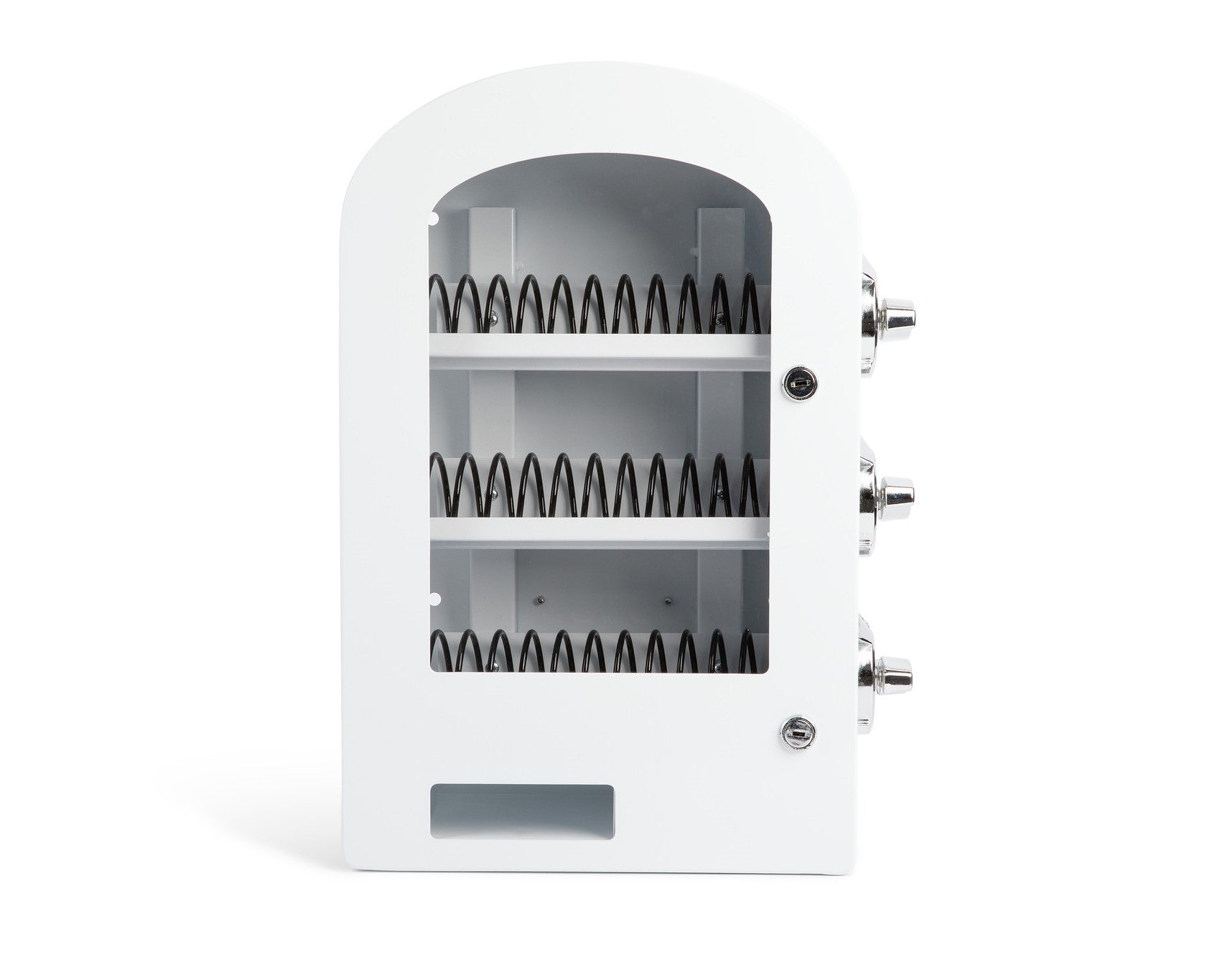
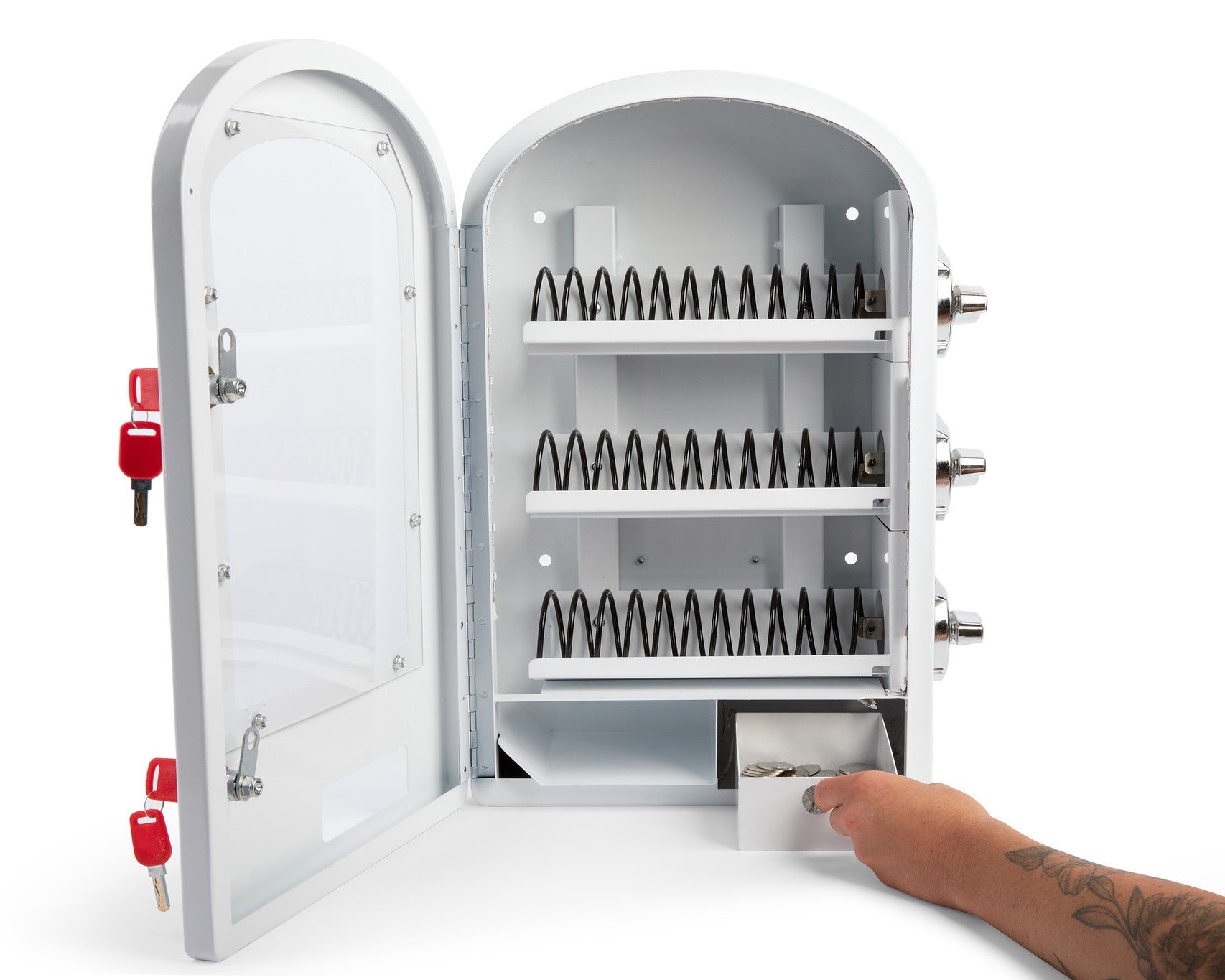
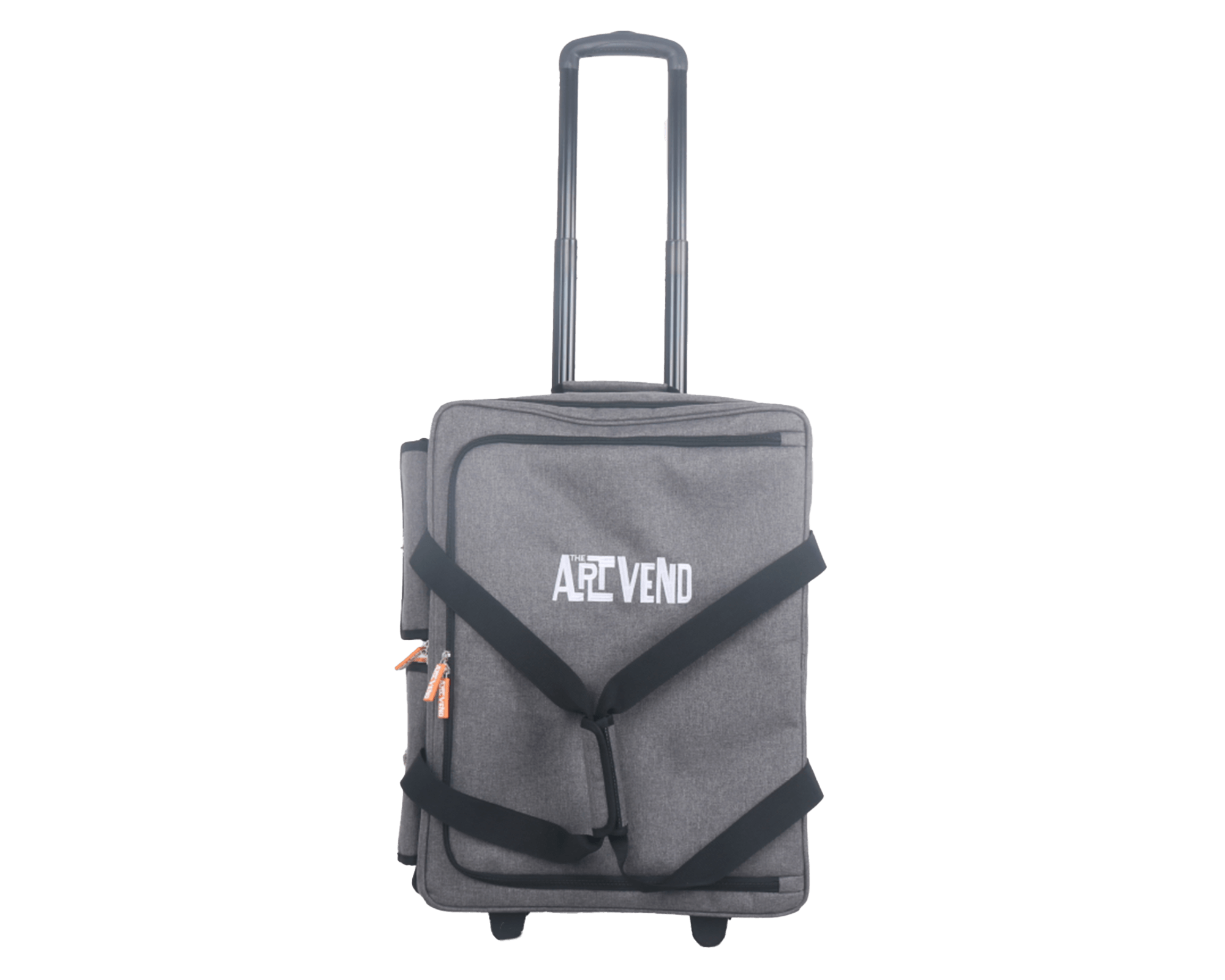
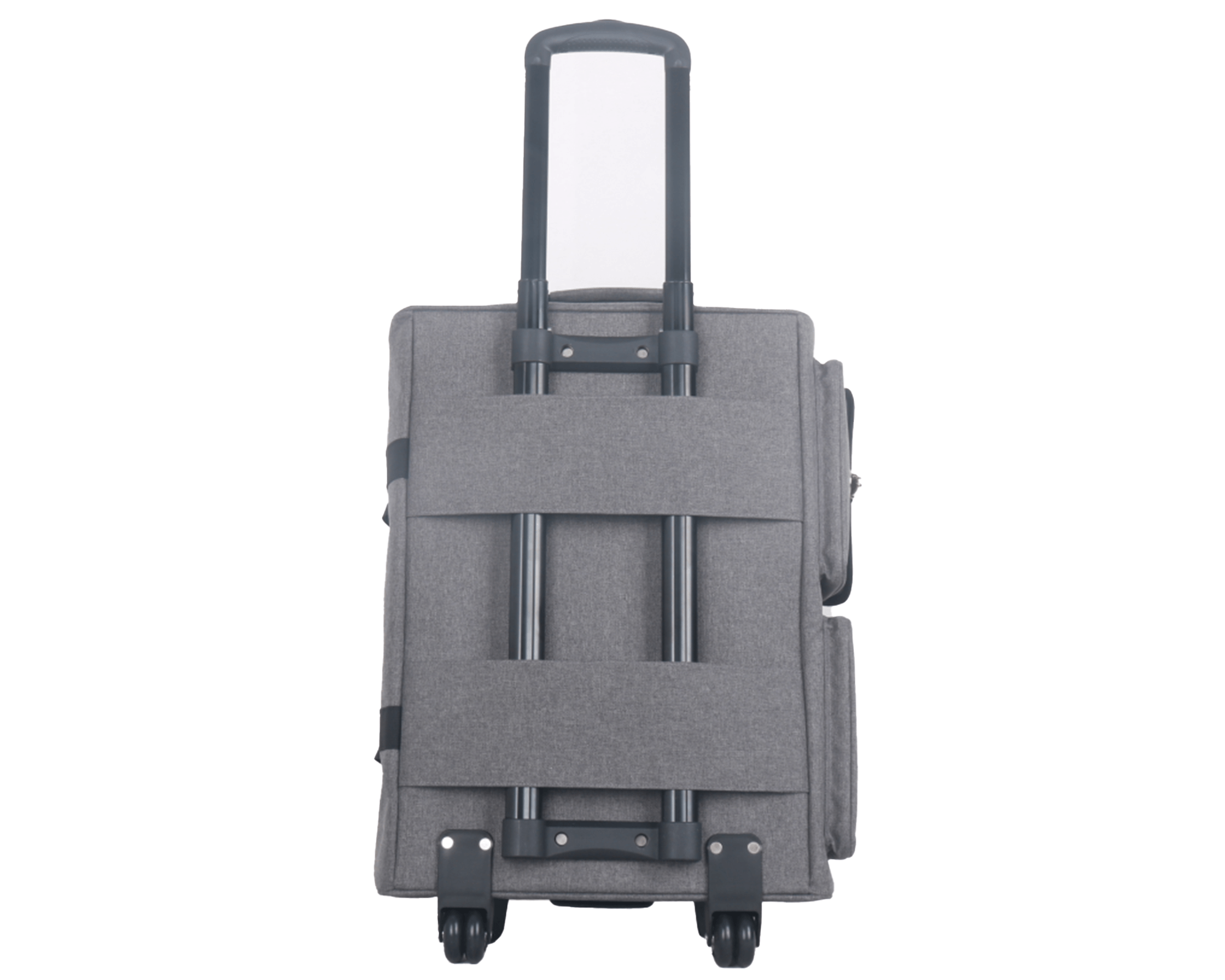
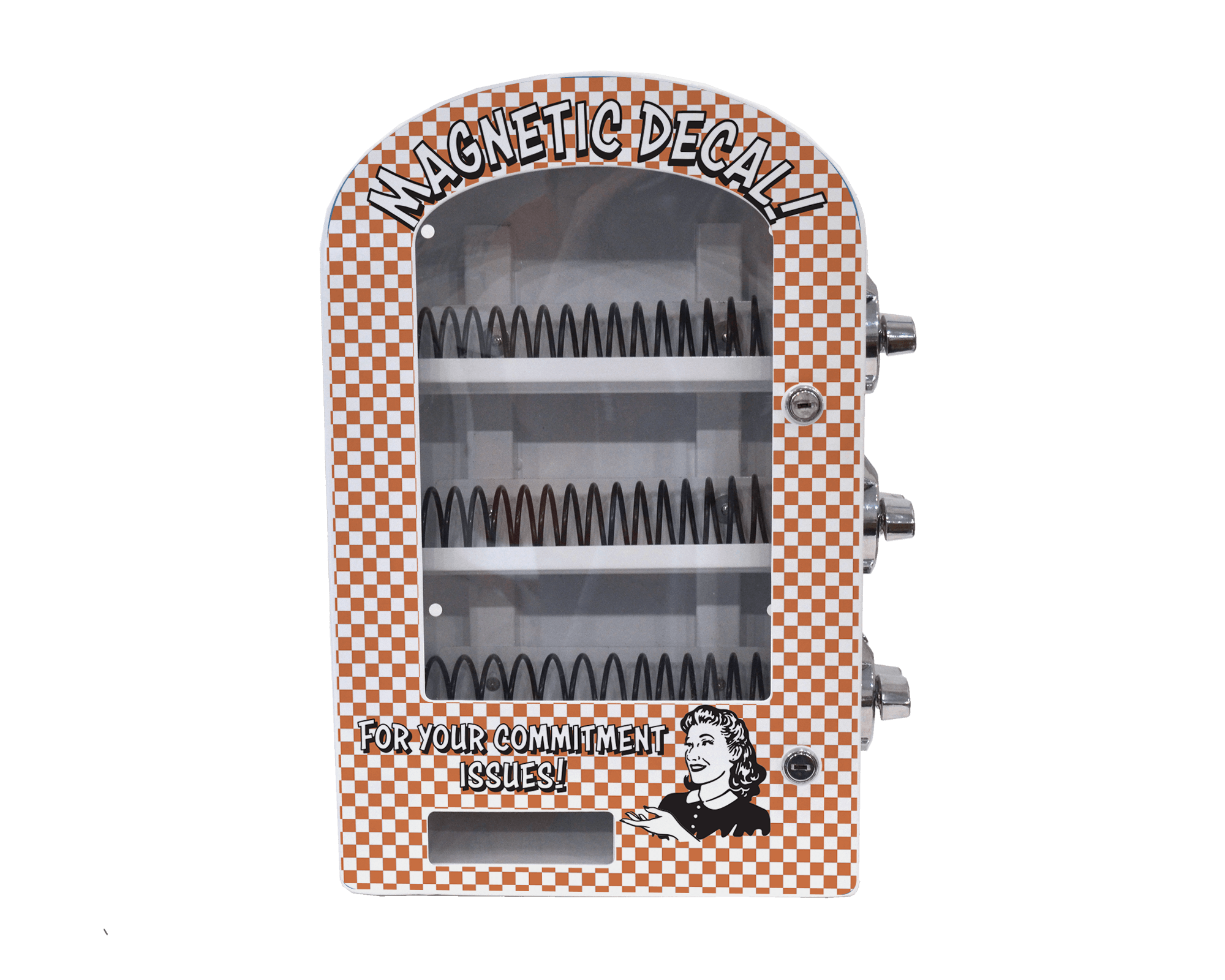
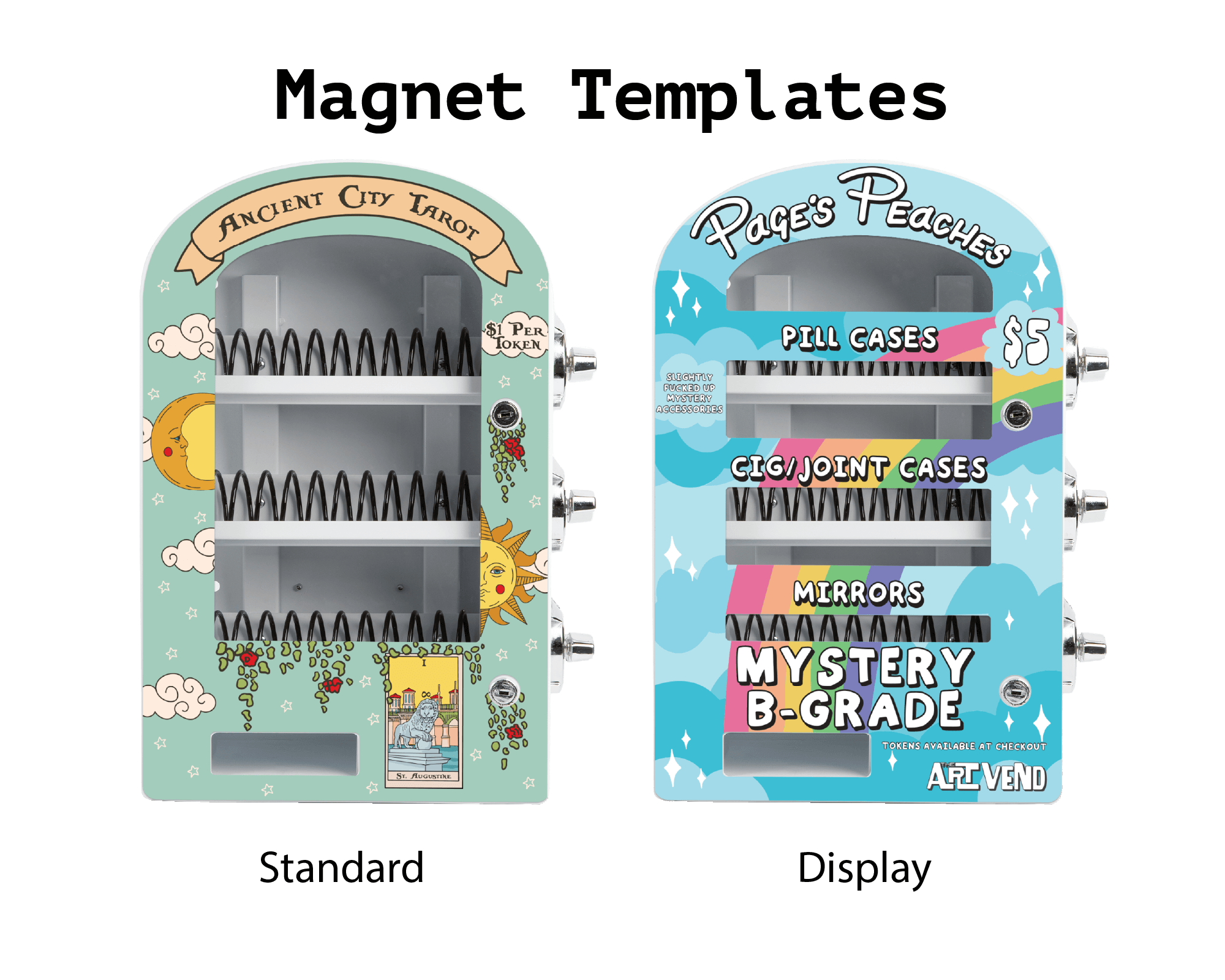
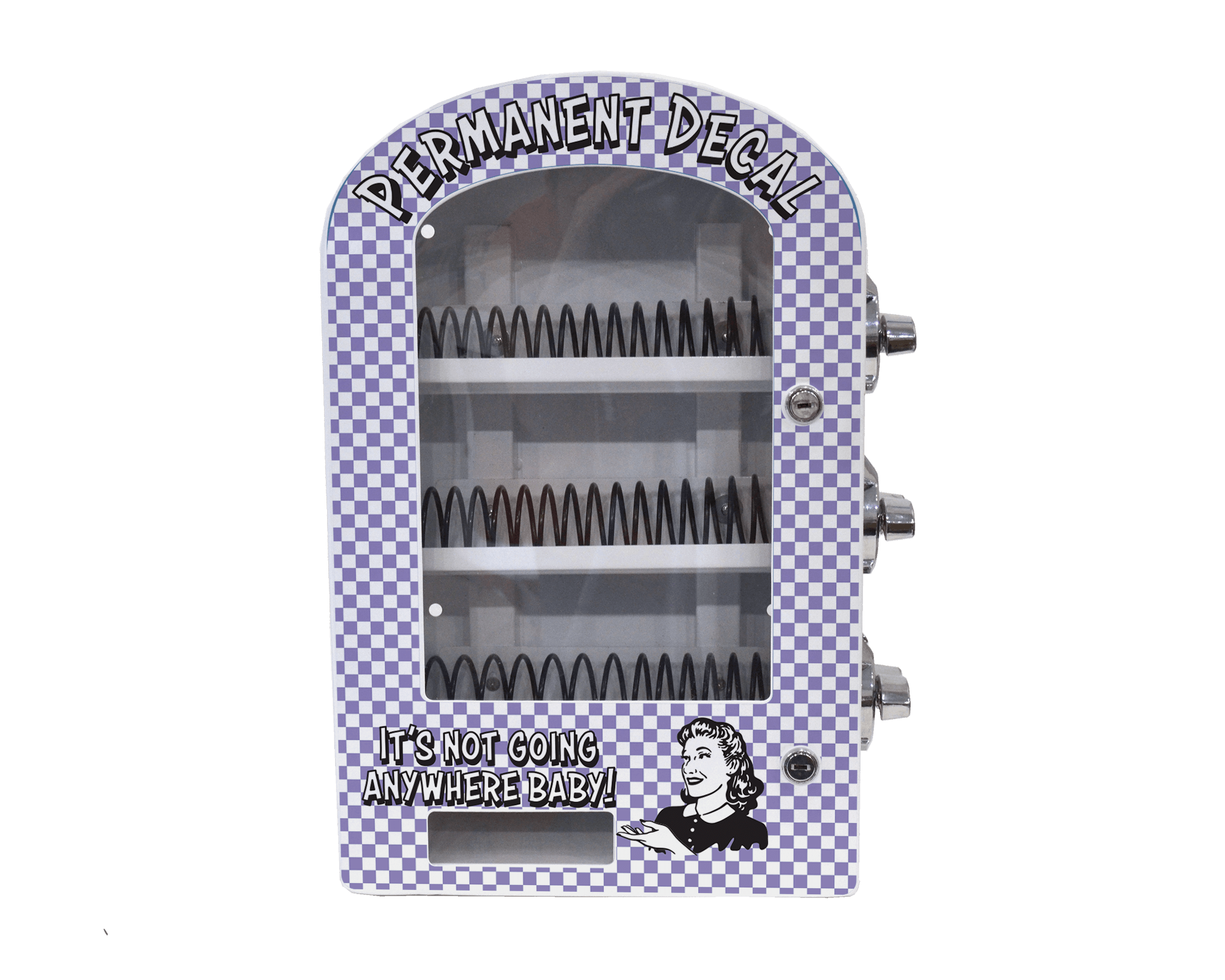

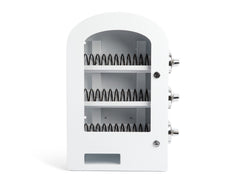

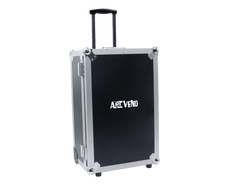


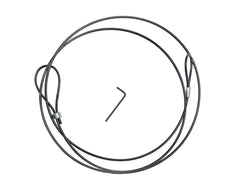
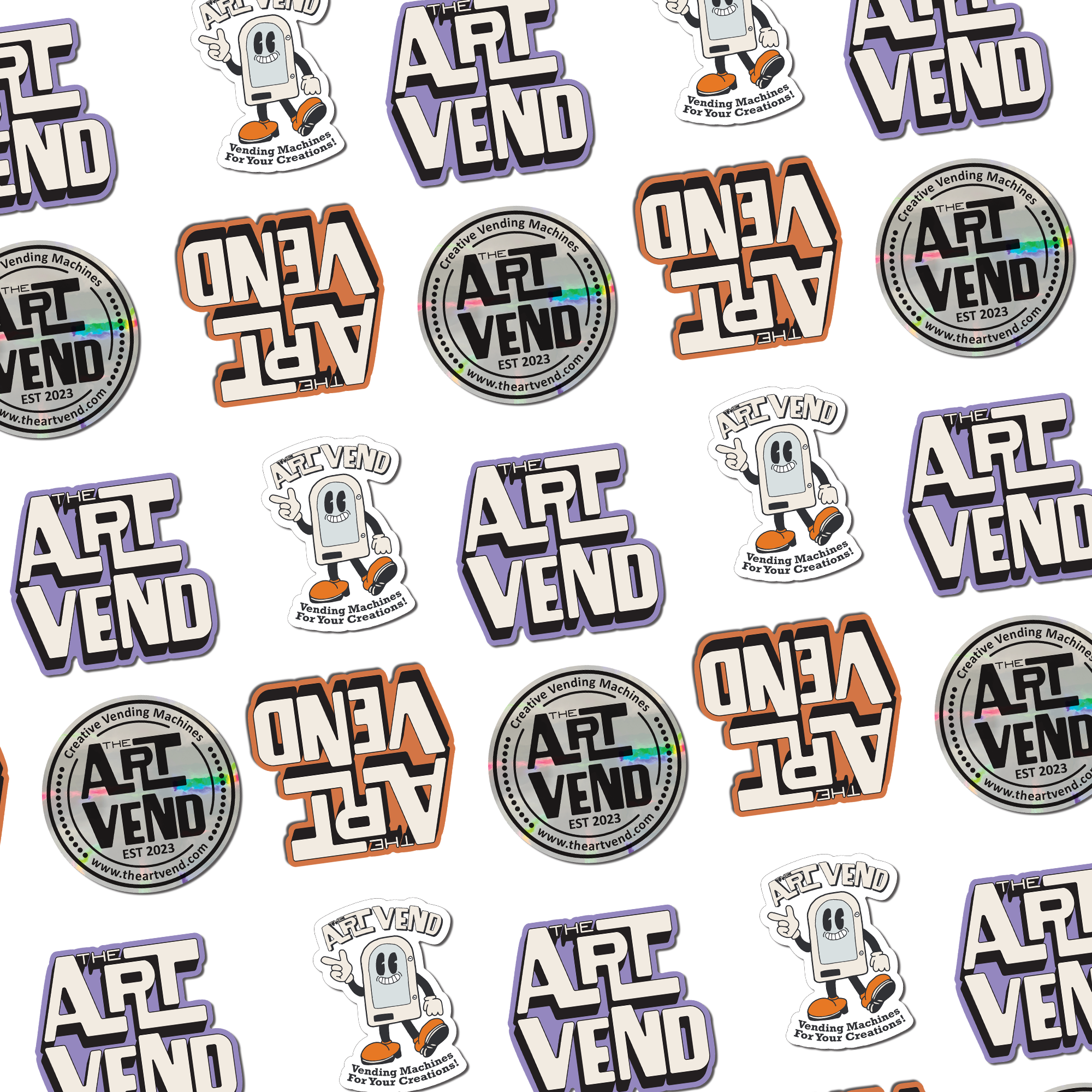
Leave a comment